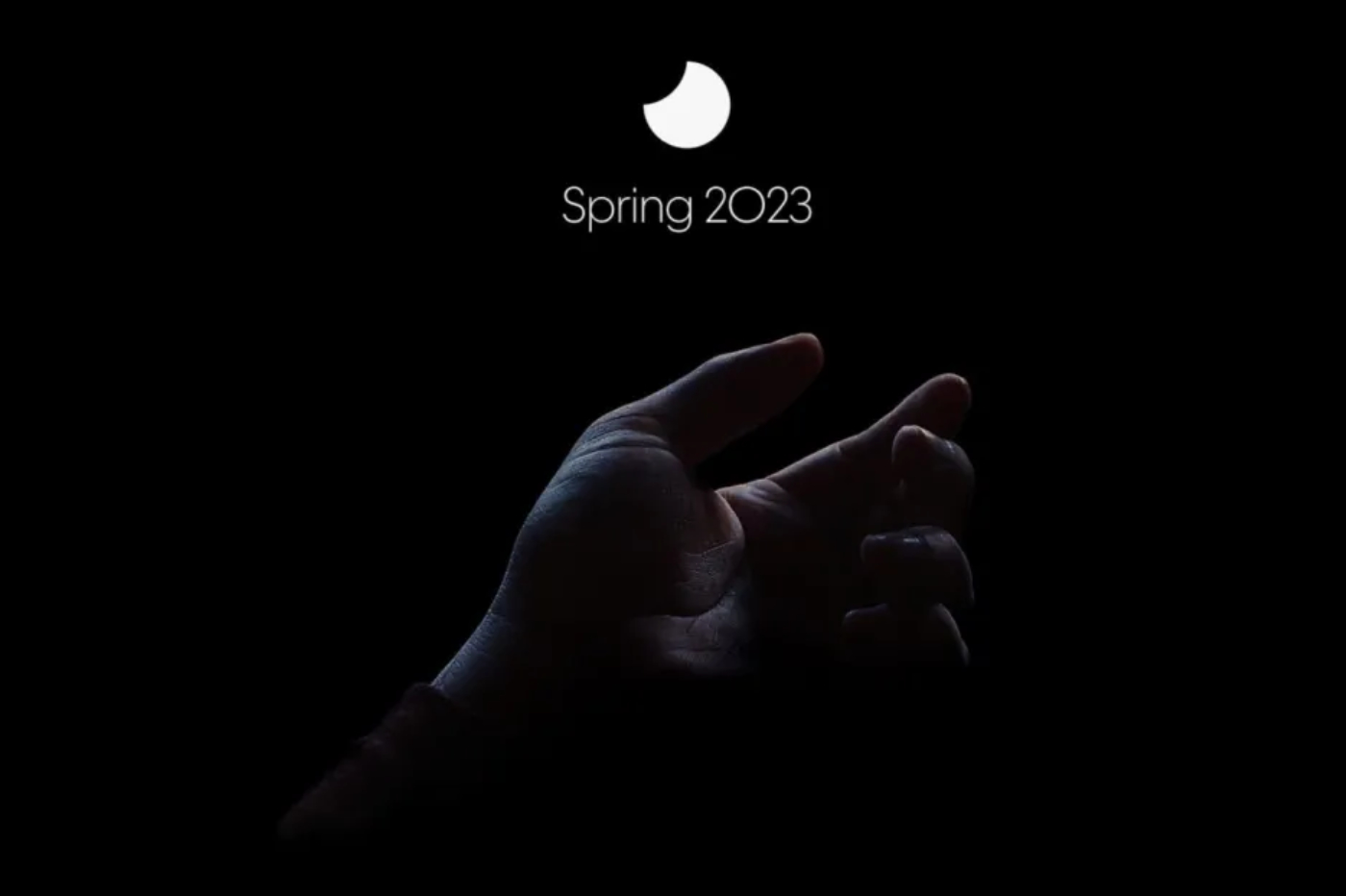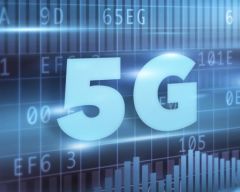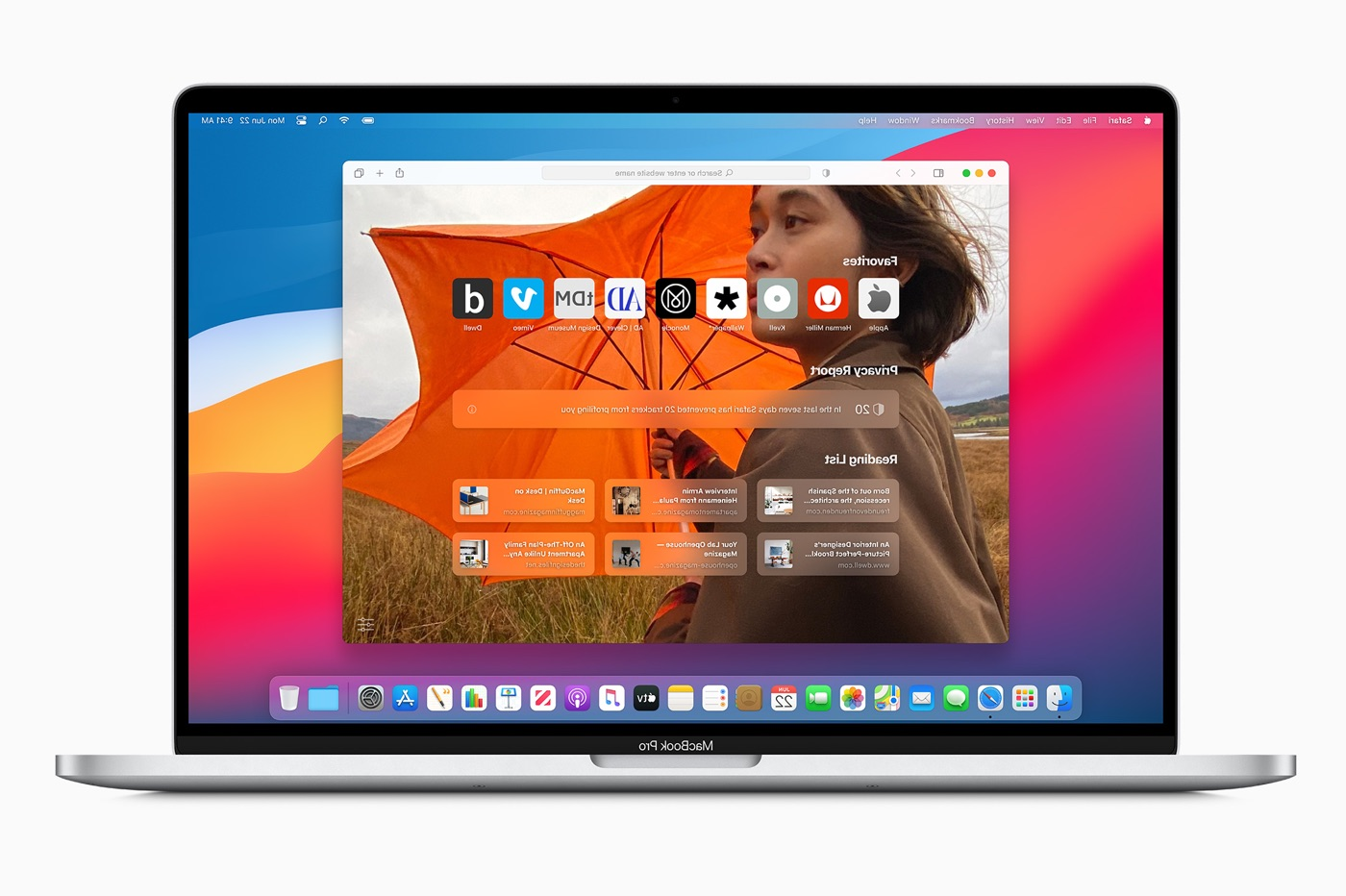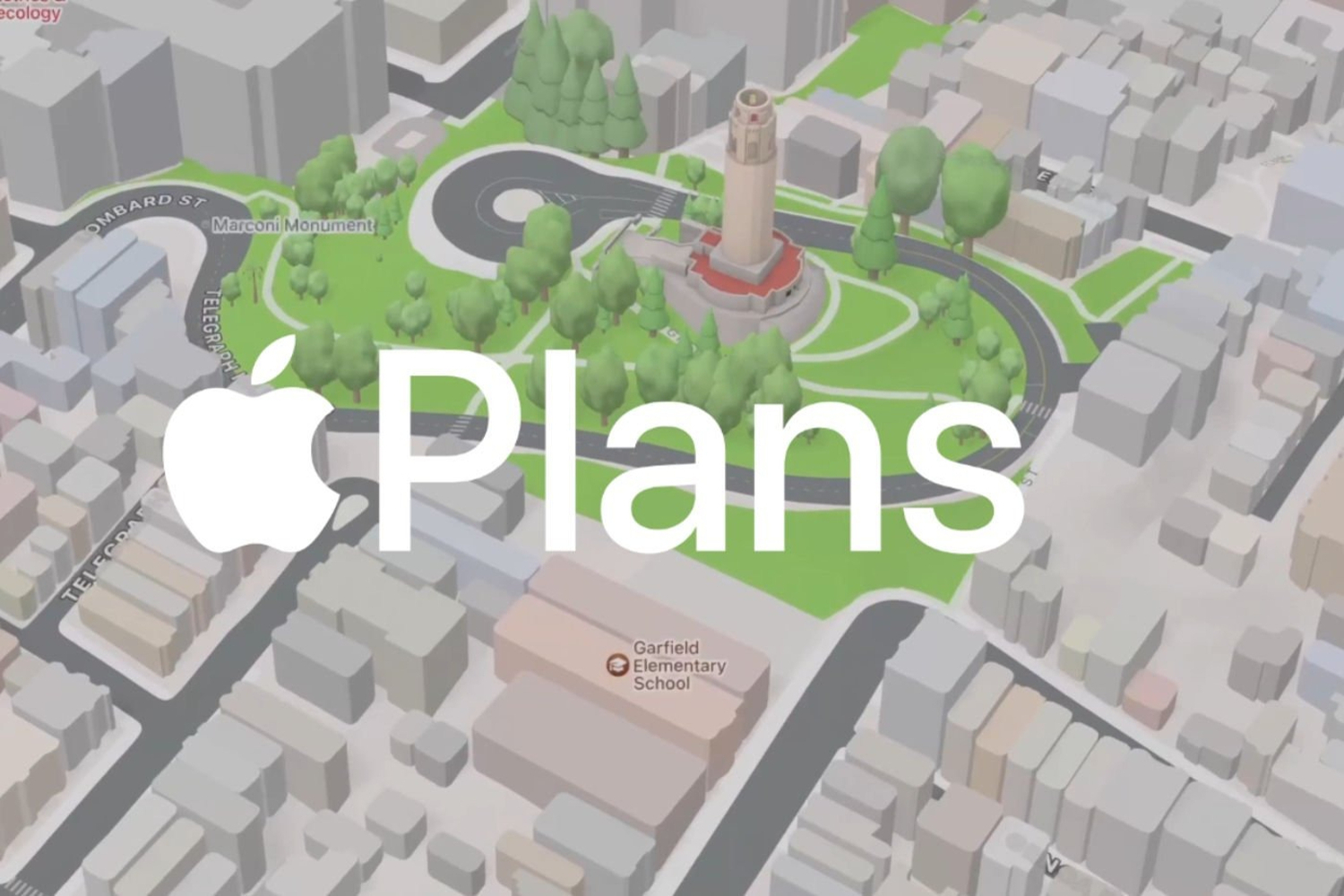What makes us addicted to social networks is theboost of dopamine that the brain secretesafter consuming content they like. This is the “fun” aspect of it. There is also another aspect to take into account, which is even more perverse, but concerns far fewer users.
It is aboutgratification by the reaction of others,in other words, it is the fact of receiving reactions, such as likes or comments, on our publication. It isalso a source of dopamine secretion,but which this time depends on other human beings, and no longer on an algorithm.
Not everyone is like that of course. Most users react without really expecting a reaction, but rather because a subject interests them. But for others, however, there isa real emotional issue as soon as they post something.
There are no real statistics on the subject, but it is accepted that the majority of social media users are spectators only. They don't post or comment on most of them. It is said that of all the members of a social network, 90% observe, 9% comment, and 1% create the content.
All this to say that a developer has created an application that plays on this phenomenon.
Pamsy simulates the psychological effect of “Likes”

© iPhon.fr
The application in question is called Pamsy.It simulates a social network by synchronizing your iPhone contacts, so that they become your subscribers. Once you upload a post, it will be “liked” by your fictitious subscribers bearing the names of your telephone contacts. For each reaction, you receive a notification.
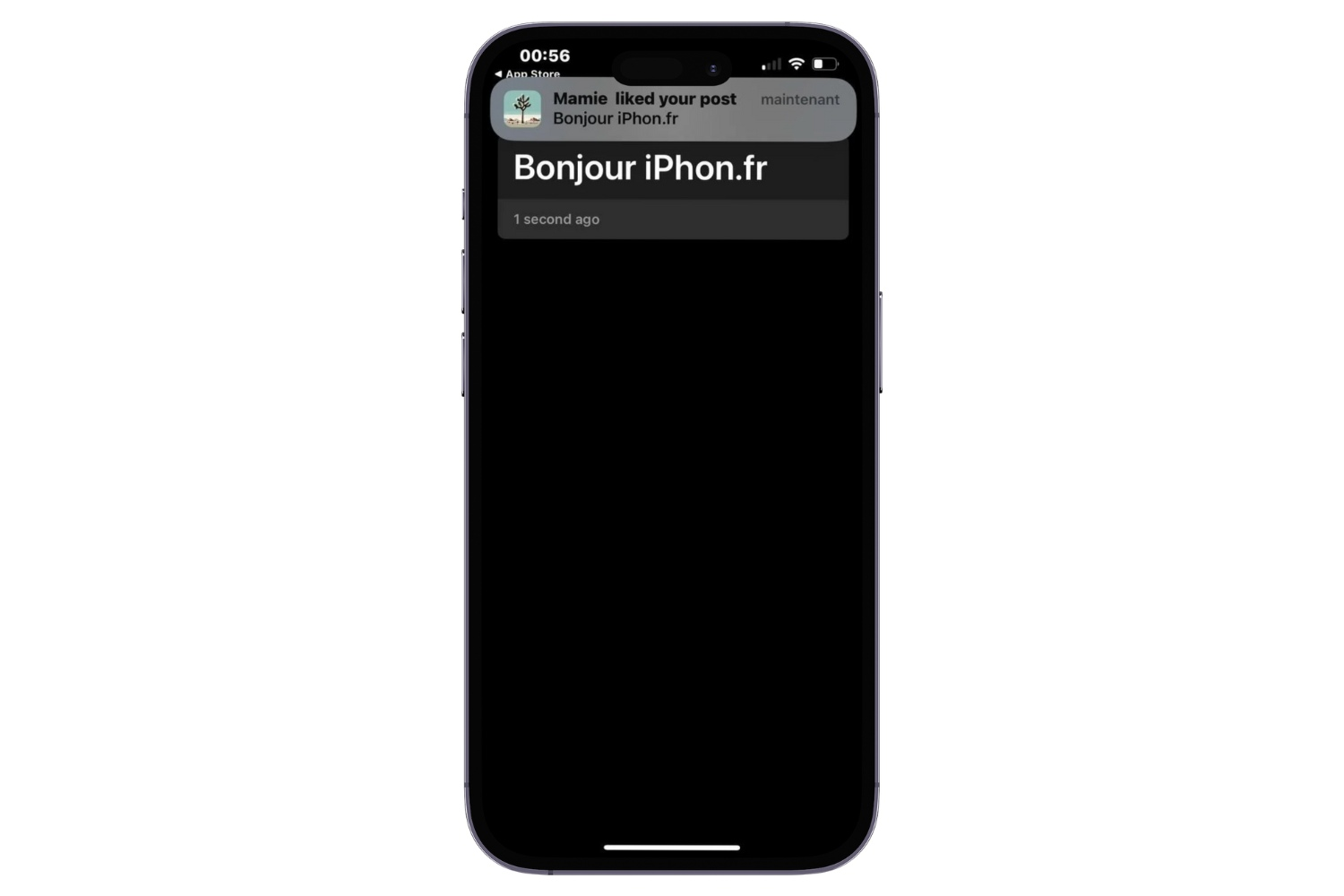
© iPhon.fr
According to the developer,Pamsy can act as a remedy for classic social networks,by simulating the phenomenon of reward and gratification by others via false reactions, as specified above.
However, this is more of a short-term solution, which does not resolve the fundamental problem of people who have a realaddiction to social networks.An addiction is most of the time linked to a hormonal imbalance (whether the cause or the consequence) requiring treatment. Whether it is an addiction to drugs or social networks, the mechanism is similar.
Apart from the aspect linked to dependency, the developer affirms that the network can be used for something else:
It can be fun to see people you haven't thought about in years liking you. This can also be useful for deleting certain contacts that you may no longer need
Other apps like Brizzly orBinkyalso offer the experience of a fictional social network, but without the reactions. The idea could be taken even further thanks to fake profiles using artificial intelligence to liven up the network.

